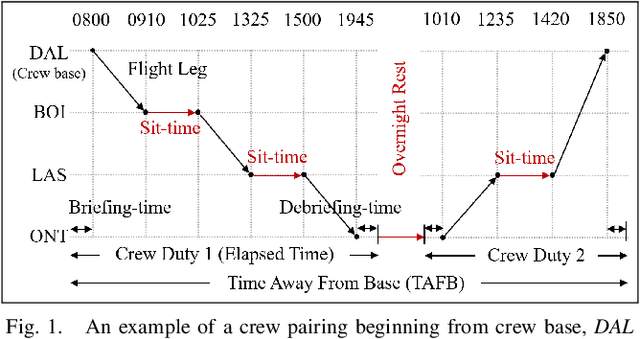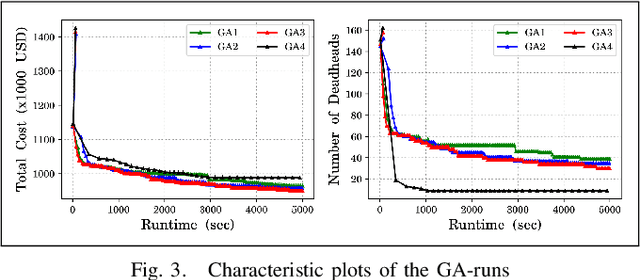Thomas Back
Reasoning with Large Language Models, a Survey
Jul 16, 2024



Abstract:Scaling up language models to billions of parameters has opened up possibilities for in-context learning, allowing instruction tuning and few-shot learning on tasks that the model was not specifically trained for. This has achieved breakthrough performance on language tasks such as translation, summarization, and question-answering. Furthermore, in addition to these associative "System 1" tasks, recent advances in Chain-of-thought prompt learning have demonstrated strong "System 2" reasoning abilities, answering a question in the field of artificial general intelligence whether LLMs can reason. The field started with the question whether LLMs can solve grade school math word problems. This paper reviews the rapidly expanding field of prompt-based reasoning with LLMs. Our taxonomy identifies different ways to generate, evaluate, and control multi-step reasoning. We provide an in-depth coverage of core approaches and open problems, and we propose a research agenda for the near future. Finally, we highlight the relation between reasoning and prompt-based learning, and we discuss the relation between reasoning, sequential decision processes, and reinforcement learning. We find that self-improvement, self-reflection, and some metacognitive abilities of the reasoning processes are possible through the judicious use of prompts. True self-improvement and self-reasoning, to go from reasoning with LLMs to reasoning by LLMs, remains future work.
Real-World Airline Crew Pairing Optimization: Customized Genetic Algorithm versus Column Generation Method
Mar 08, 2020



Abstract:Airline crew cost is the second-largest operating cost component and its marginal improvement may translate to millions of dollars annually. Further, it's highly constrained-combinatorial nature brings-in high impact research and commercial value. The airline crew pairing optimization problem (CPOP) is aimed at generating a set of crew pairings, covering all flights from its timetable, with minimum cost, while satisfying multiple legality constraints laid by federations, etc. Depending upon CPOP's scale, several Genetic Algorithm and Column Generation based approaches have been proposed in the literature. However, these approaches have been validated either on small-scale flight datasets (a handful of pairings) or for smaller airlines (operating-in low-demand regions) such as Turkish Airlines, etc. Their search-efficiency gets impaired drastically when scaled to the networks of bigger airlines. The contributions of this paper relate to the proposition of a customized genetic algorithm, with improved initialization and genetic operators, developed by exploiting the domain-knowledge; and its comparison with a column generation based large-scale optimizer (developed by authors). To demonstrate the utility of the above-cited contributions, a real-world test-case (839 flights), provided by GE Aviation, is used which has been extracted from the networks of larger airlines (operating up to 33000 monthly flights in the US).
 Add to Chrome
Add to Chrome Add to Firefox
Add to Firefox Add to Edge
Add to Edge